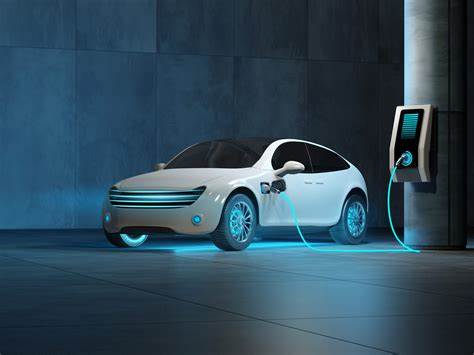
Electric Vehicles in Africa: Steps for Growing the Sector
By Edson Baraukwa | Africa Guardian
Electric vehicles (EVs) hold the potential to address critical challenges in Africa, yet adoption in the region remains slow. In sub-Saharan Africa, pollution from vehicle emissions contributes to severe health issues, developmental problems, and premature deaths. Vehicle emissions also drive global warming. While EVs could alleviate these issues, uptake has been minimal; even South Africa, the continent’s largest economy, had only about 1,000 EVs by 2022.
As transport engineers focused on EVs and road freight in sub-Saharan Africa, our research examines how EVs could reduce emissions and what obstacles hinder their widespread adoption.
Key Challenges for Electric Vehicle Adoption
One major hurdle is the high upfront cost of EVs. Limited driving range and long charging times also make EVs less appealing, particularly for those who drive frequently or over long distances. Furthermore, limited electricity generation from clean sources—only half of the region’s electricity is from fossil fuels—diminishes the emissions-reduction benefits of EVs powered by non-renewable energy.
Despite these challenges, electric motorcycles and small public transport vehicles are beginning to roll out across the region. A shift to local EV production powered by renewable energy could unlock substantial economic benefits.
Infrastructure and Policy Needs for Electric Mobility
Transitioning to electric mobility will require clean energy infrastructure, especially a stable power grid and widespread charging stations. South Africa has made progress, with one EV charger for every five cars, compared to one for every 20 in the UK. However, reliability remains a challenge, as these stations need dependable renewable energy to meet vehicle demand.
Since 72% of sub-Saharan Africa’s population relies on informal public transport, such as minibuses and motorcycles, electrifying this sector will require deliberate planning. Informal transport is highly decentralized and demand-driven, making electrification complex.
Freight transport, essential for economic growth, also faces challenges. The sector needs strategically located, high-powered charging stations along key routes, capable of serving various types and sizes of trucks. Without government support, the freight industry will struggle to bear these infrastructure costs alone.
Rapid Electrification is Essential
To reach Net Zero carbon emissions by 2050, the transition to electric mobility must progress faster than the smartphone adoption rate. Significant investment in charging stations, road infrastructure, and electricity distribution networks is required. However, given slow EV charging times, a hybrid fleet combining electric and combustion engines may be necessary to meet current transport demands.
For example, while a diesel minibus can refuel in a minute to cover 750 kilometers, the fastest electric minibus currently recharges at only 2 km per minute with DC charging. Stationary battery storage also falls short: the same storage space that holds diesel for 225,000 km stores just 16,000 km worth of electricity for EVs.
Building a Local Electric Vehicle Industry
With the exception of South Africa, sub-Saharan Africa has historically imported used combustion-engine vehicles from abroad. The simpler designs of EVs offer the region an opportunity to shift towards a local EV industry rather than relying on imports. Developing local EV manufacturing could create jobs, especially for workers who can transition from combustion engine production to EV assembly.
Some progress is already underway. Ethiopia recently banned combustion vehicle imports, Senegal introduced the continent’s first all-electric mass transit system, and South Africa’s Golden Arrow Bus Company purchased 120 electric buses this year.
African countries are also producing electric two- and three-wheelers, with companies like Ampersand in Rwanda, Roam Electric in Kenya, and Spiro in Benin leading the way. These EVs primarily use swappable batteries, paid for via mobile phones. Additionally, South African company Mellowvans produces three-wheelers for last-mile delivery, while Roam Air recently completed a 6,000-kilometer solar-powered journey from Nairobi to Stellenbosch.
Steps for a Sustainable Transition to EVs
The transition to electric vehicles in Africa is inevitable. However, several actions are essential to maximize its success:
- Update transport policies to accommodate imported EVs, including freight vehicle regulations like axle weight and vehicle length.
- Enhance the safety, efficiency, and equity of informal transport systems.
- Adjust import duties and incentives to avoid flooding the market with low-quality hybrid vehicles. For example, while Rwanda eliminated import taxes on EVs, it led to an influx of used hybrids. South Africa, meanwhile, imposes import duties to protect local production but also applies a luxury tax on EVs, making them expensive.
- Rethink taxation models to replace revenue traditionally generated from fuel levies.
For sub-Saharan Africa to fully leverage the electric mobility revolution, localized production and green energy investments must become priorities, or the region risks missing a critical opportunity.
